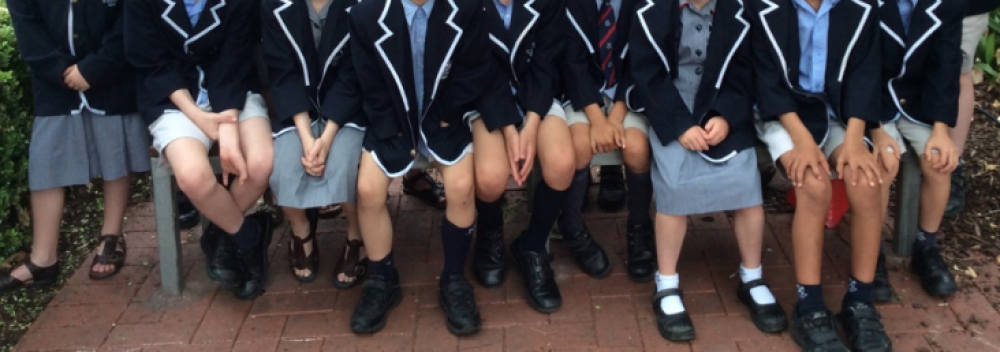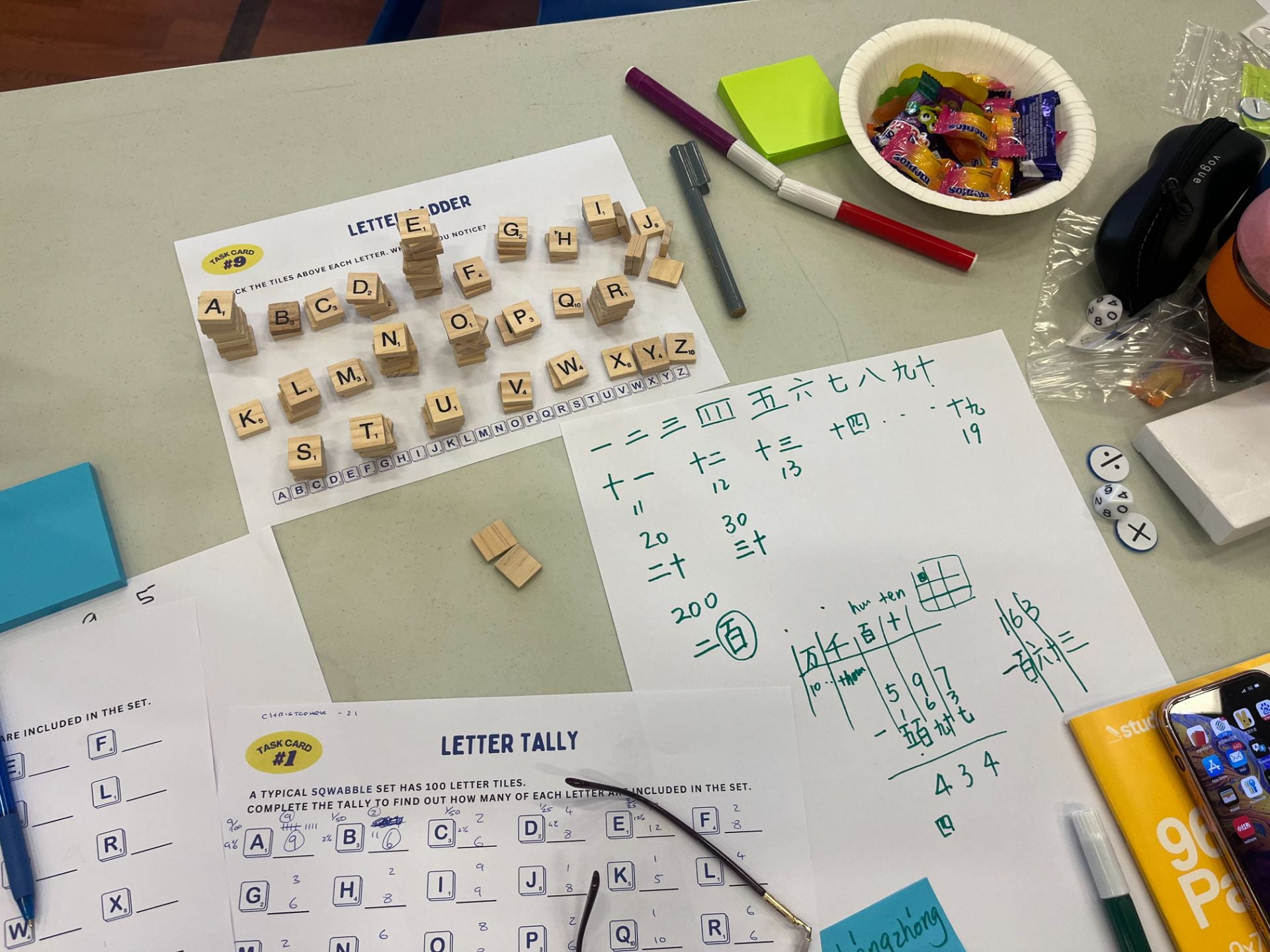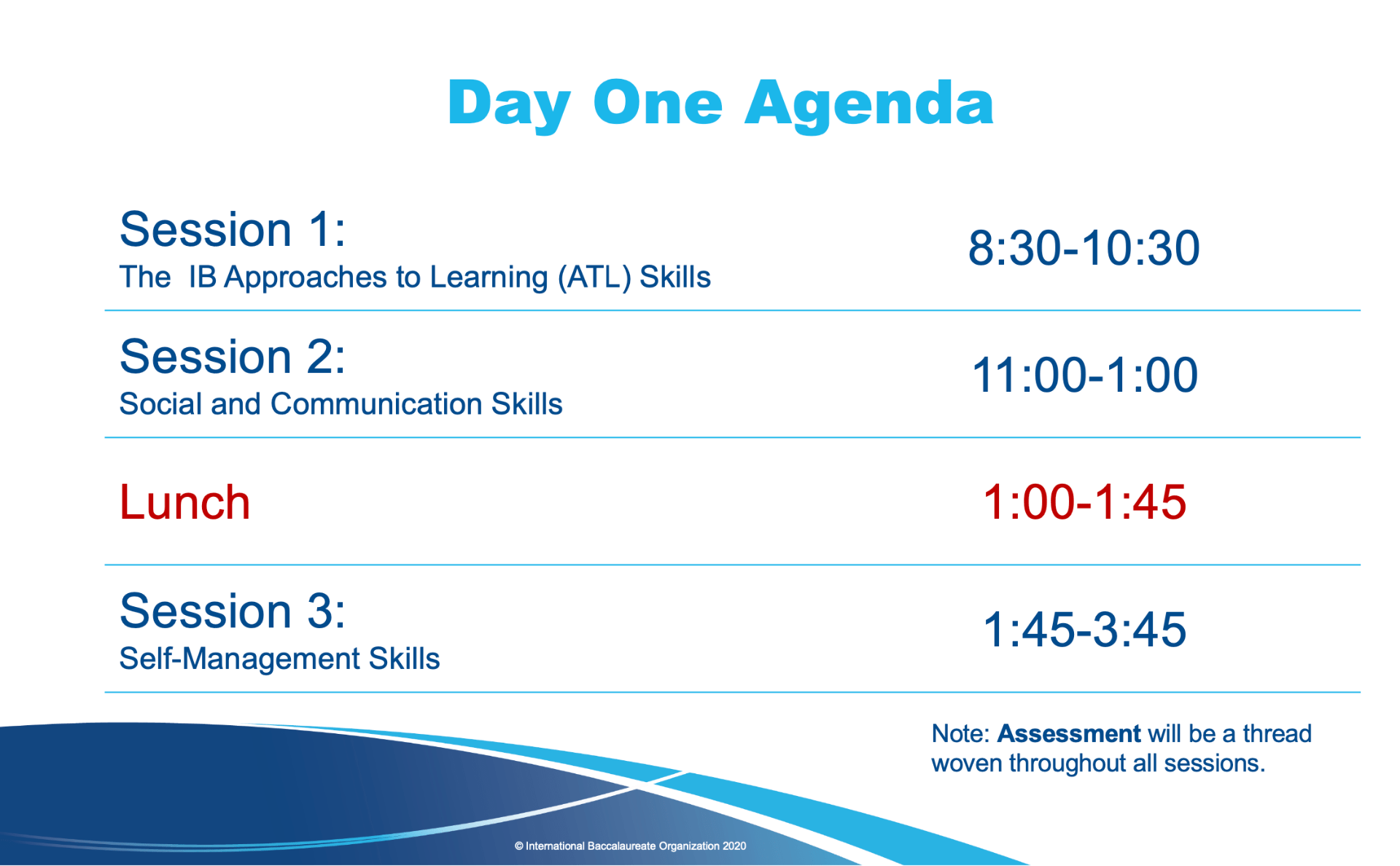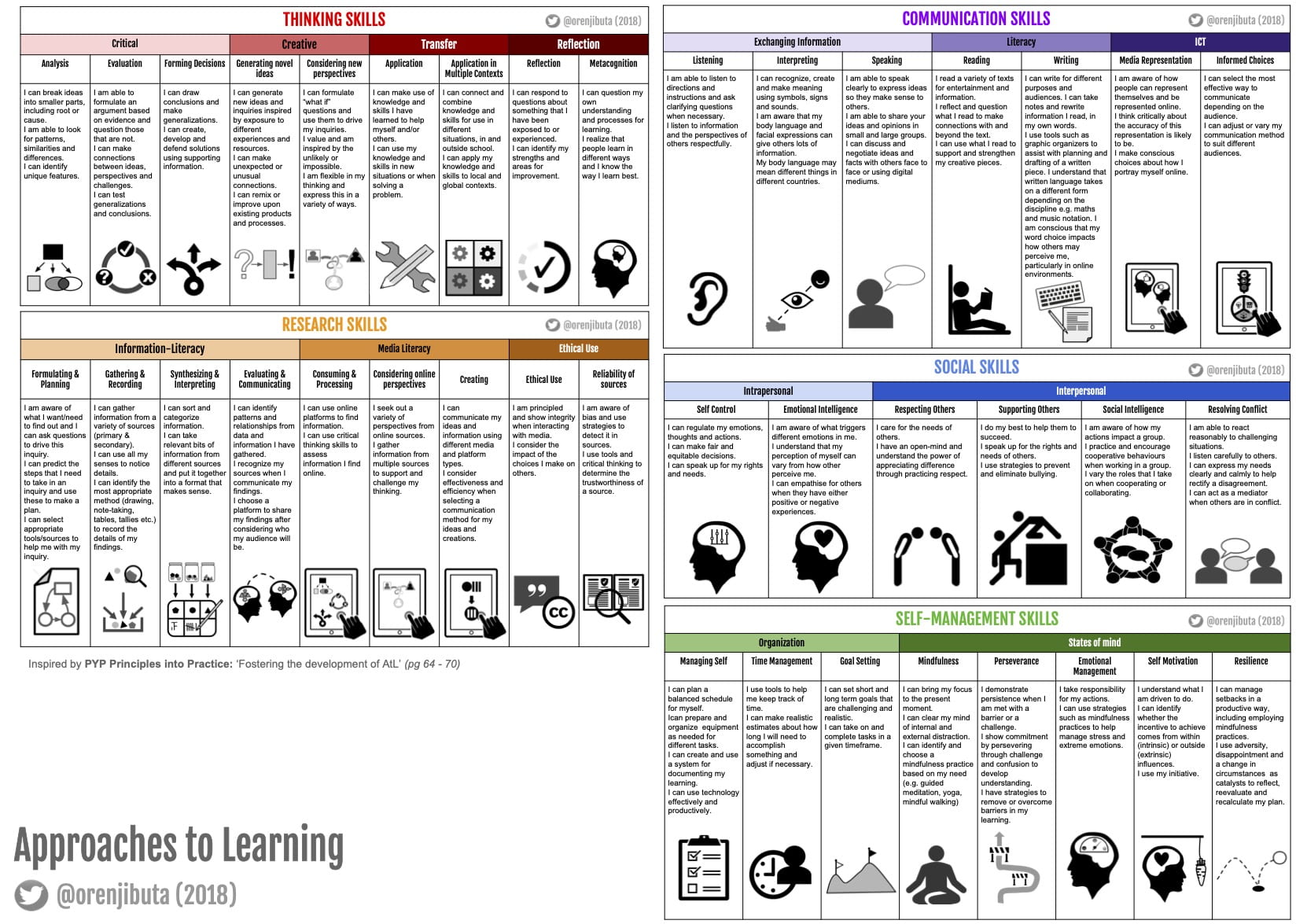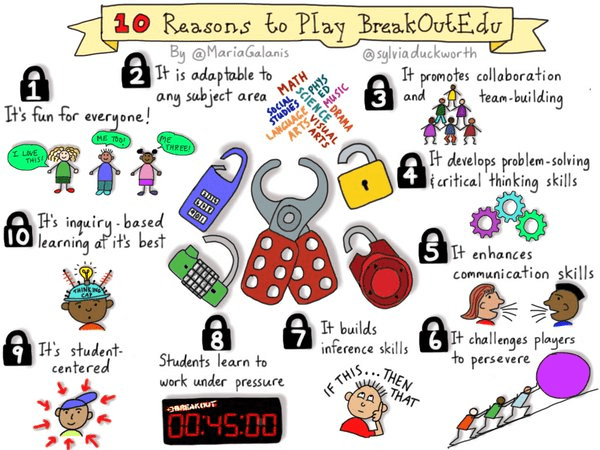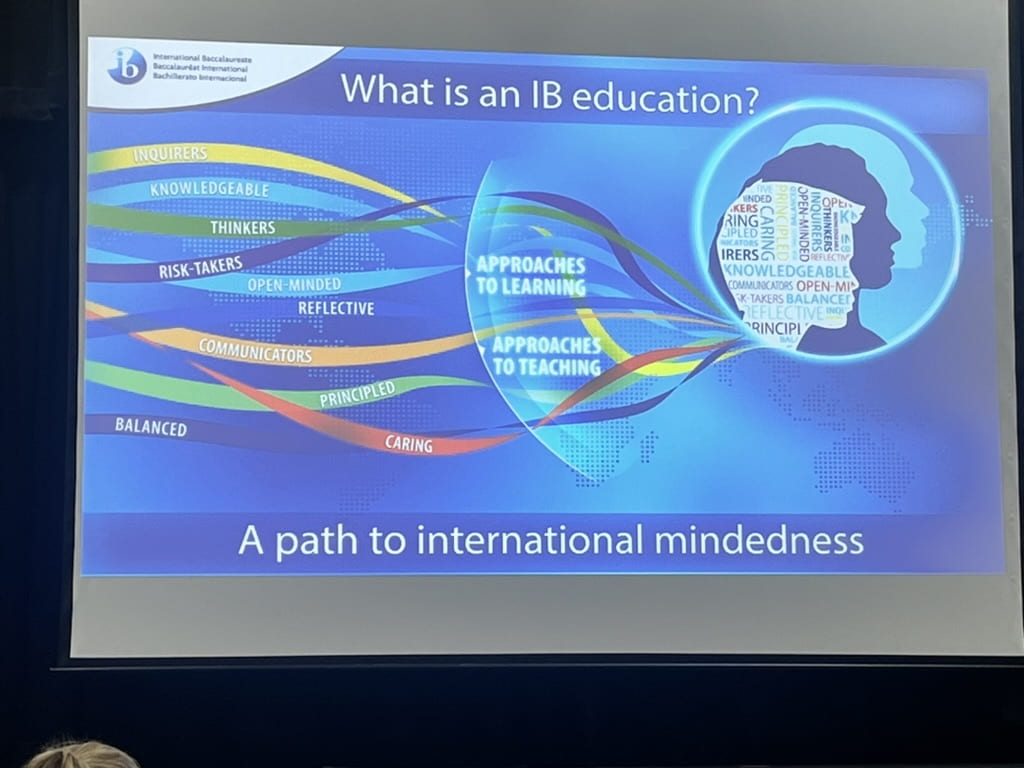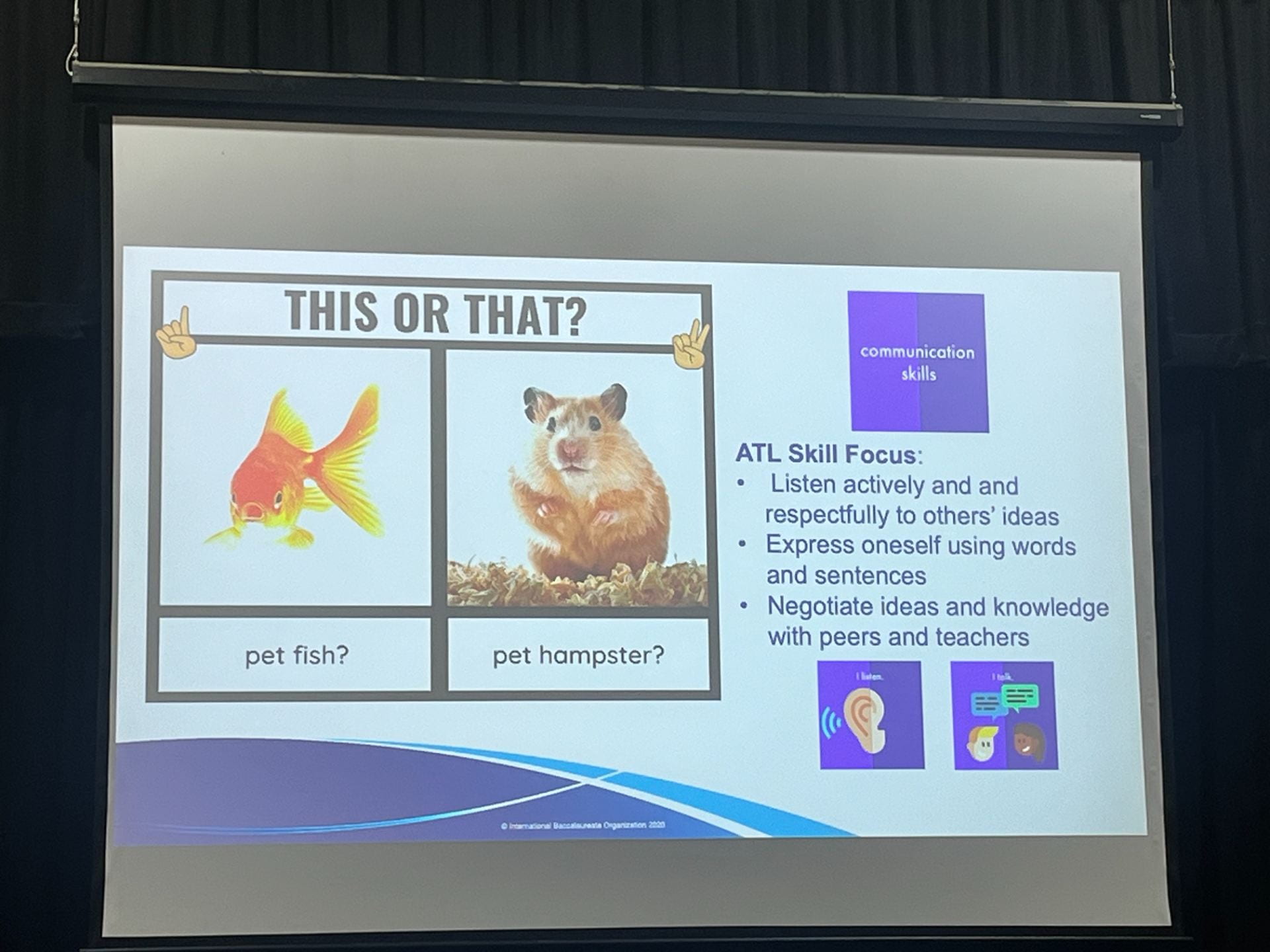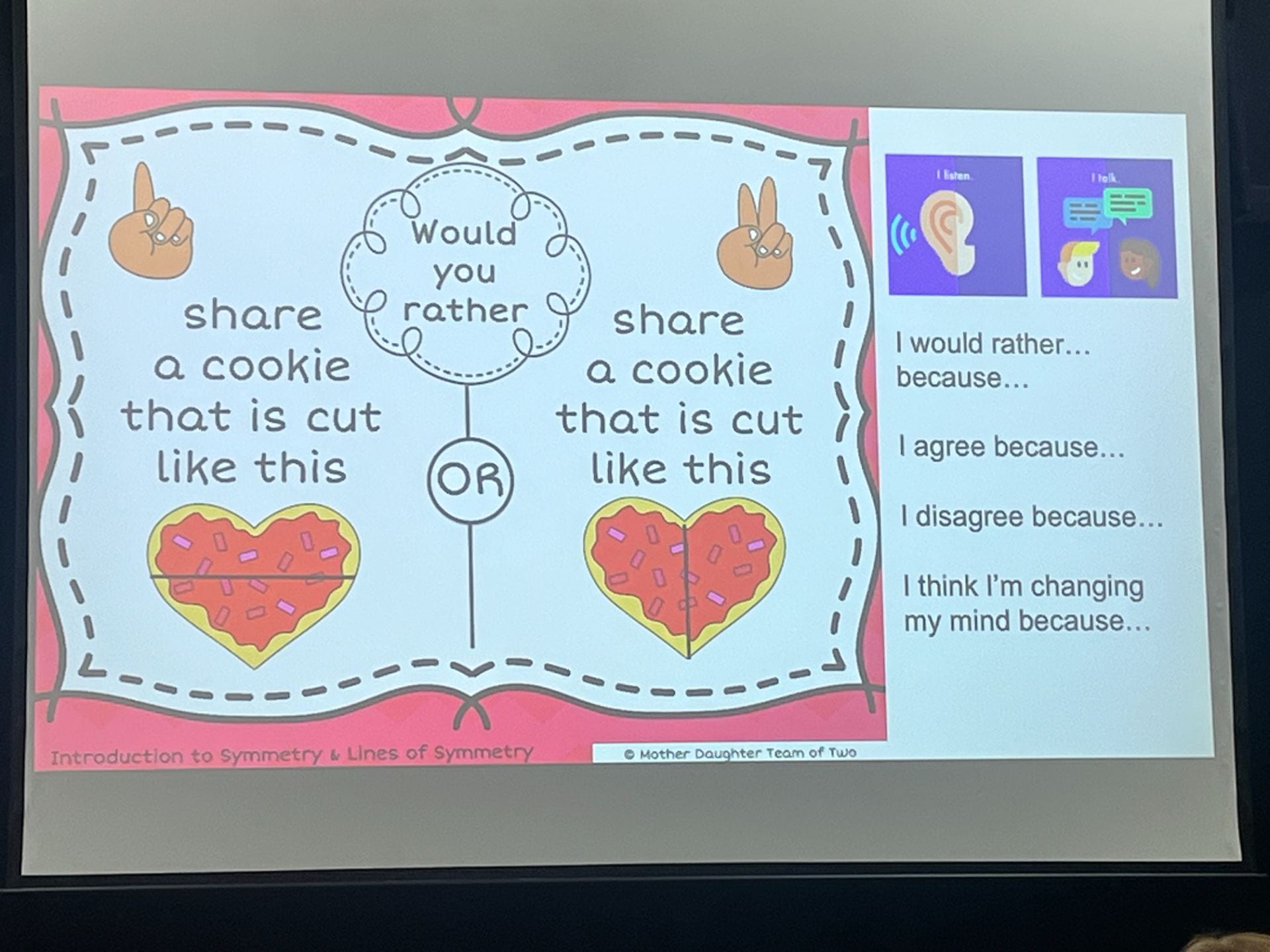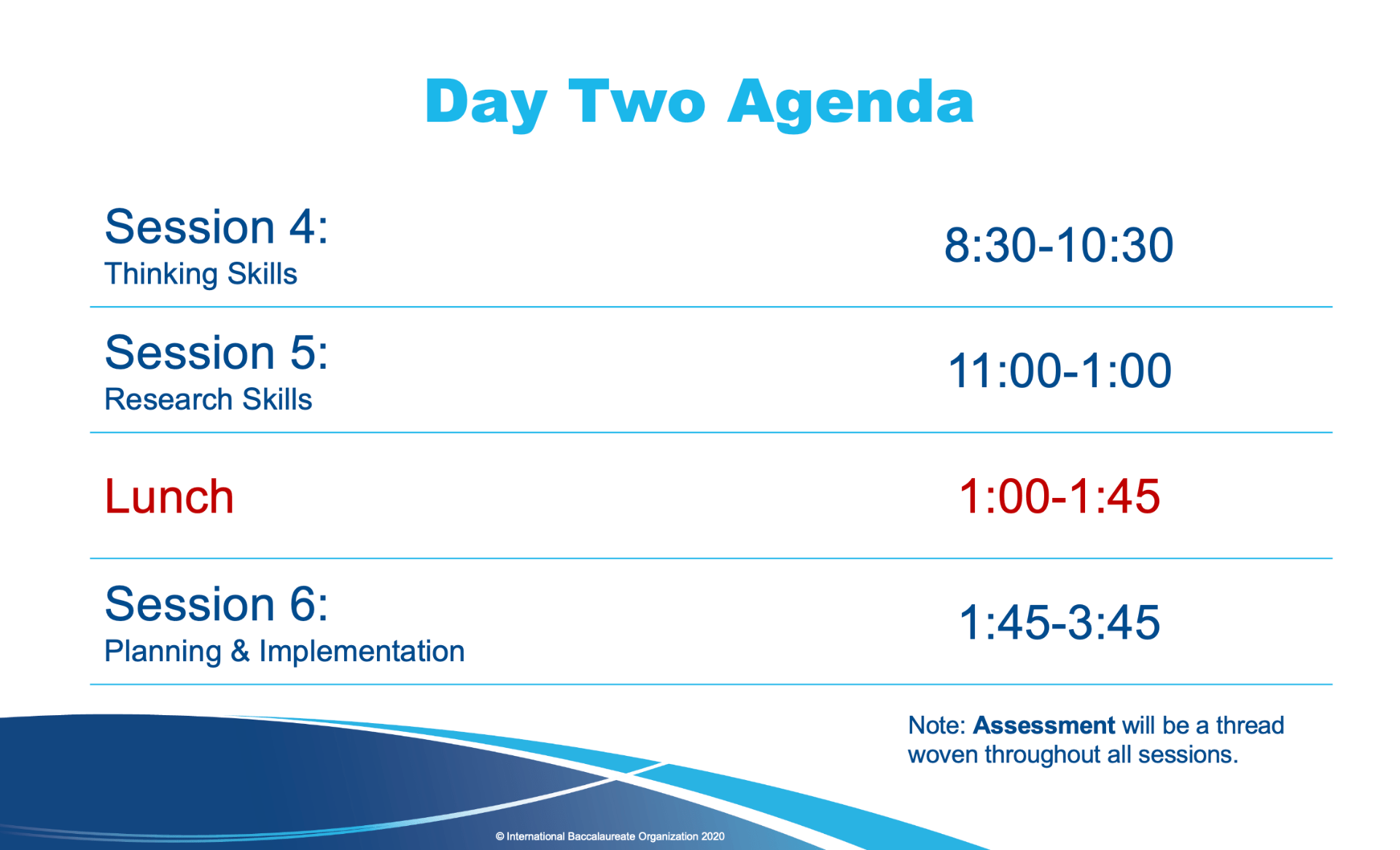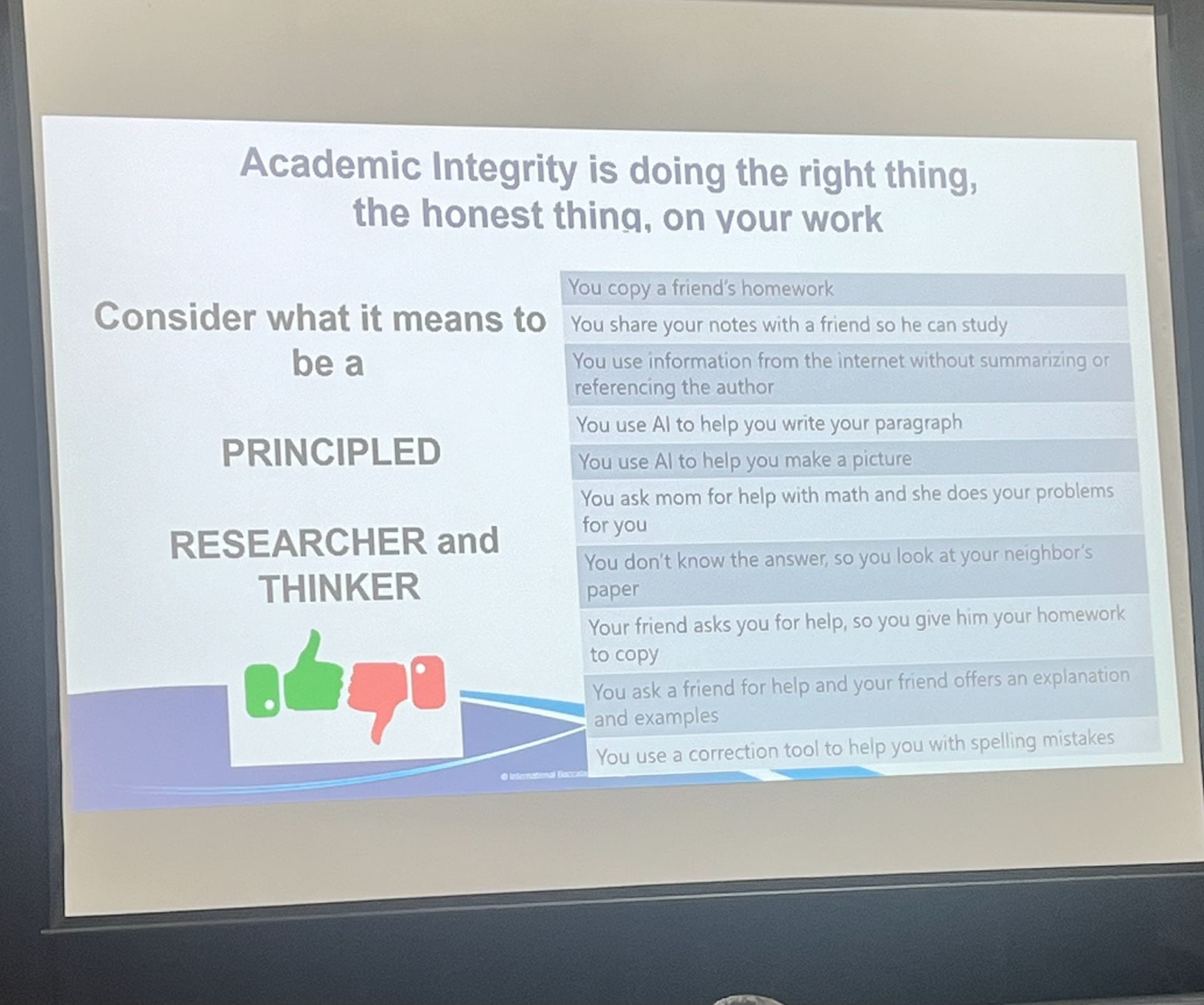Toddle AI Live PD- Wednesday 13th of August 2025
(1 hour online viewing and participation, 1 hour personal reflection & blogging: 2 hours total)
Hosted by Deepanshu Auora (CEO and founder of Toddle)
Toddle AI Features
My school has recently launched Toddle as our new digital learning platform, and the AI tools are set to save teachers up to 10 hours per week. Rather than adding to workload, Toddle AI streamlines planning, feedback, and reporting while enhancing teaching practice.
- Voice-activated unit planning linked to curriculum standards
- AI-powered refinement of existing planners with suggestions for improved engagement
- Differentiated activities and scaffolds tailored to student needs
- Instant translation and language support for EAL/D students
- Ethical AI use where teachers remain in control of learning design
 PYP Planning and Documentation
PYP Planning and Documentation
Toddle AI can create, edit, and improve units of inquiry based on your prompts.
Teachers can:
- Build new units or adapt past planners based on reflection
- Receive fresh activity ideas to increase student engagement
- Automatically link units to school-uploaded curriculum standards
- Generate scaffolded and differentiated tasks
Future developments include linking planners across year levels to ensure vertical alignment.
Student AI Tutoring
The AI Tutor provides personalised support for students at different ability levels (Beginning, Emerging, Developing, Mastery).
Features include:
- Instant, adaptive feedback in real time
- Verbal conversations to support story planning and idea generation
- Language translation for multilingual learners

- Safe chat monitoring with alerts for inappropriate content
- Recordings and transcripts for teacher review
Students can photograph their work for immediate AI feedback, strengths, improvement points, and next steps—allowing them to progress without waiting for teacher grading.
Grading and Reporting
Toddle AI can:
- Automatically evaluate submitted student work and generate comments
- Create rubrics from uploaded documents (Word, PDF, Google links, etc.)
- Conduct LEAP writing assessments for consistent, moderated marking
- Assist with report writing, drawing from over 1.5 million pre-generated comments linked to student evidence
- Allow voice notes to personalise reports
Special Features
- AI quiz generation and debate suggestions
- Real-time translation of teacher or student speech
- Pattern analysis to identify learning trends and needs
- Ethical AI focus—students are co-creators, not passive recipients
Final Thoughts
Toddle AI is not replacing educators—it’s a time-saving, planning-enhancing partner that helps us focus on what matters most: teaching and learning. With thoughtful use, it can support student agency, personalised learning, and responsive teaching in our PYP classrooms.
Link to recorded video of the Live Toddle AI PD: I will add the link once shared.
Toddle Website: https://www.toddleapp.com/
If interested this is another AI PD taking place on 13th September 2025:
I hope you find this information useful. I look forward to discussing Toddle AI tools with my colleagues!
Please leave feedback or add questions.
Thanks for reading.
Jade
